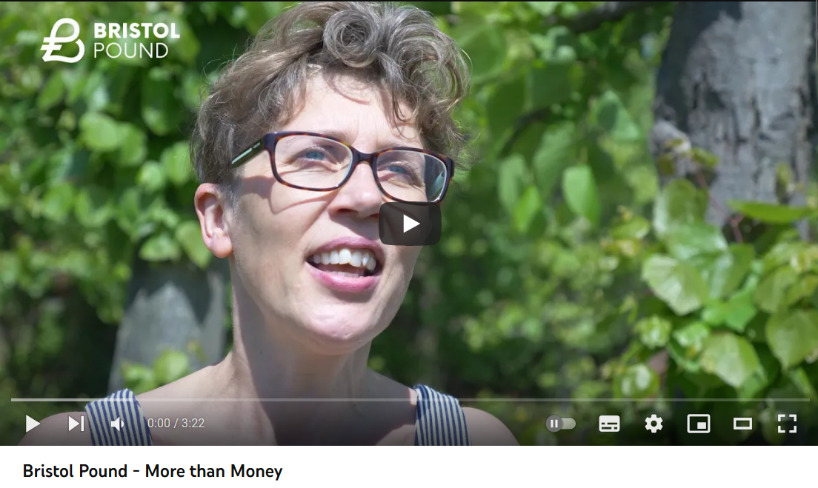According to classical definitions[ix], a currency is a medium of exchange with a unique denomination, that relates to a unique standard of value, but which might take several forms as a means of payment (notes, coins, etc.). For instance, the euro, the dollar and the Bristol pound are all examples of currencies: even if they may take various forms as means of payment, they have a unique denomination and the value of one unit of these currencies is the same for any unit at a given moment in time.

Classic money has three functions: medium of exchange, unit of account and store of value. Social currencies, in contrast, only fulfil the two first options. Unlike conventional money, they are created through real activity of already realized work –whether production of a good or a service–and not through credit (that is, debt). It does not generate any interest. Therefore, it does not make any sense to save. Its objective, then, is that money comes with production, not with speculation[x].
The current monetary system has an inherent tendency to instability, as bank money tends to be too abundant in times of booms and too scarce in times of crisis[xi]. Similarly to natural ecosystems, a more diverse monetary system would be more resilient to economic and financial shocks, and, therefore, more stable.
Often devised in response to the shortcomings of the monetary system–for example, the lack of credit available for small businesses, or funding cuts to public services– community currency projects set out in different ways to link up the spare capacity of some of their members with the unmet needs of others. Such currencies are broadly united by the aim of improving how money addresses the complex needs of societies.
The following four areas broadly cover the social, economic and environmental objectives that inform the range of community currency projects operating across the world today[xii]:
- Democratising services and organisations
- Supporting the SME economy
- Countering inequality and social exclusion
- Addressing environmental impacts
Particularly since 2008, many states in Europe and around the world have taken political decisions to significantly shrink local government budgets. The needs of the communities that these budgets formerly served have not, however, disappeared. Cutting budgets with no provisions in place to keep social initiatives and key public services afloat has had a negative impact on community building. As local authorities are pressured into finding new ways to deliver services, growing numbers of currency designers are teaming up with forward-thinking public bodies to meet the latter’s complex demands.
Currency initiatives are practical responses to a range of policy areas that don’t aim to replace or roll back public services, but rather to transform them into being more useful and better value for money. Though requiring significant upfront investment for lasting success, both in terms of economic viability and Input from practitioners and end-users, community currencies can offer the long-term reward of a cost-effective tool that brings people actively into the process of solving the needs of their community.
Community currencies offer a lever for realising the potential of co-production. They allow local authorities, professional organisations or businesses to explicitly value, and thereby incentivise, the contribution of the general public to their services. If well designed and implemented, a community currency can bring new ideas and inputs into public service delivery in a cost-effective way, strengthen independent community-based initiatives, recognise talents and activities not valued by the mainstream market economy and create their own dynamics of interaction and exchange.
It is important to clarify that community currencies cannot single-handedly overcome the deep social, economic and political inequalities that exist within societies. These are structural issues requiring structural change. Nonetheless, well designed currencies offer a unique tool for addressing some of the drivers and effects of social exclusion.
